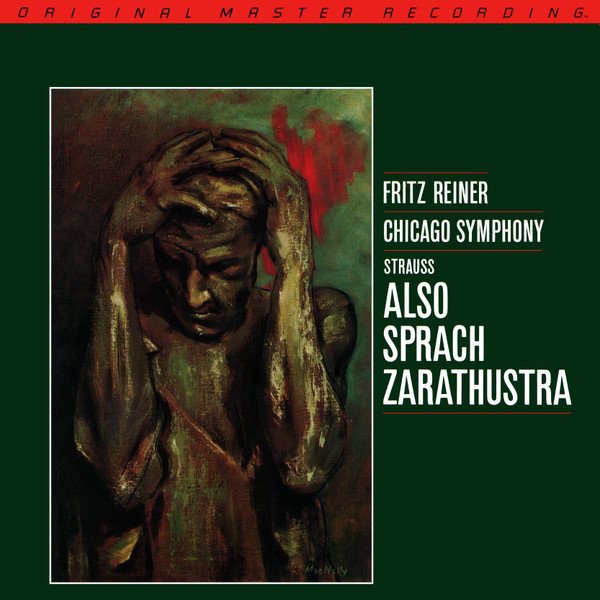Bartók's 'Concerto for Orchestra' is perhaps his most accessible work. (!) It was commissioned to him toward the end of WWII by conductor Serge Koussevitzky while Bartok lay in a hospital bed suffering from leukemia. The work revived him for a while but a year later he succumbed. This Concerto is in five movements and as best I can tell, none of them relate to the others. The
4th movement is, imo, one of the composer's most melodic pieces.
Here is the 1st movement. It features a particular Bartókian style called 'night music' From my
review of his Piano Concertos, most of this still holds for the piece at hand: "Bartók’s orchestrations feature percussion, brass and woodwinds, while relying on strings for texture and atmosphere. Each piano piece includes instances of Bartók’s famous "night music," a sound portrayal he often used in slower movements. Instead of harmony and melodic development, Bartók delivered his interpretations of nocturnal sounds from animals and insects, often using drum and cymbal taps, strikes and splashes. The meaning of these concertos always seems just around the corner, just out of reach. Nonetheless, for those willing to explore, each work offers wonder, obvious genius, and a celebration of the sheer physicality of sound."
If Stravinsky is a rhythmic devil, Bartok is a rhythmic dervish. Note the continually varying time changes in this piece. While its intro section is slow semi-brooding, overall, from Andante to Allegro Vivace, it can be as feral as some of Bartók's earlier works.
Here with the Lamm M1.2 monoblocks.
One of the best from The Original Source series by Deutsche Grammophon
Bartok 'Concerto for Orchestra' 1st Mvmnt (Introduzione) Andante Non Troppo – Allegro Vivace
Rafael Kubelik/Boston Symphony Orchestra
DG TOS 2530 479










